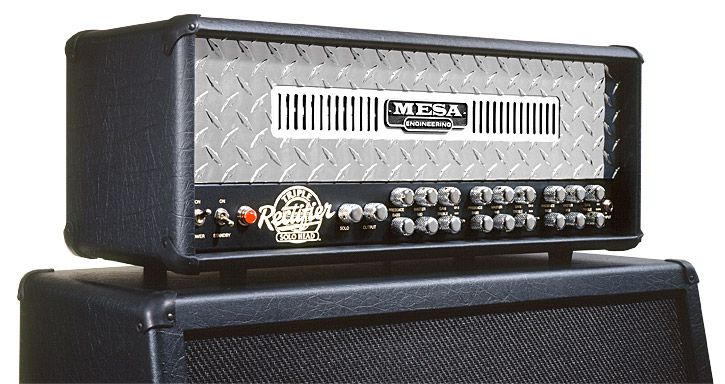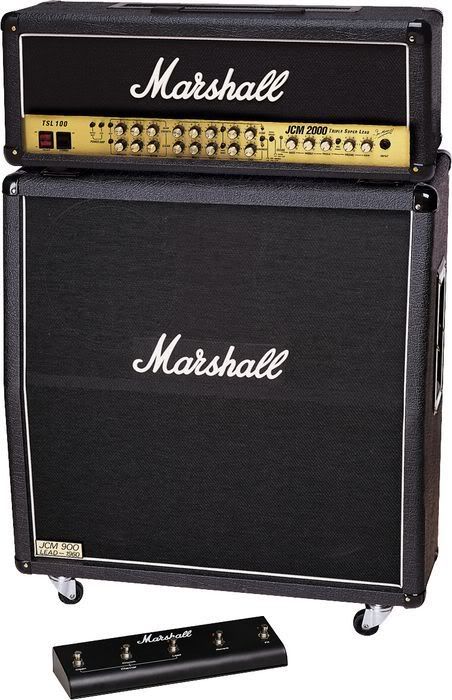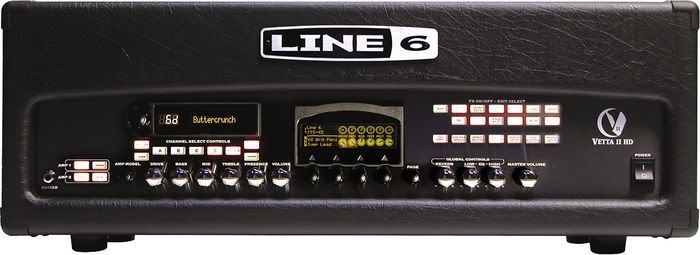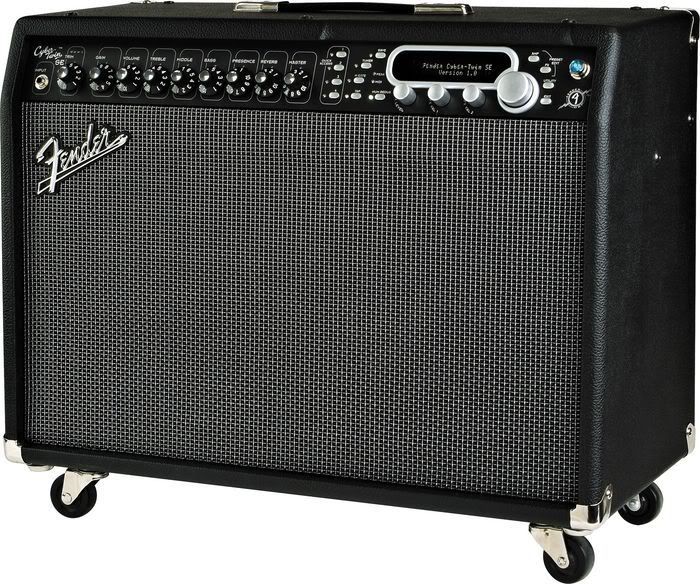The guitar world is famous for this creation of mojo. They construct a really good product, but to get people interested in forking out the extra bucks, they have to come up with some kind of gimmick to sell it the hungry masses. They add gold plated connectors to their high-end cables and get BIG NAME GUITARIST to endorse the product. Suddenly a rush of young wannabes all have to be playing Gold Plates: The 24-karat cable or some such.
Now, I am not saying that the Tube vs. Solid State argument is exactly like this, but it's similar. There is a difference in sound between tubes and solid state. You can hear tubes hum. You can tell the influence they have on sound. An old tube will negatively color your sound. Conversely, you can tell when a solid-state amp is playing. It's sharper and lacks the warmth that so many guitarists associate with tubes. But this is also a broad generalization.
Tube amps and heads are the Holy Grail of guitarists. And I will tell you without a doubt, almost every tube amp out there is better than every solid-state amp out there. I believe the reason has everything to do with quality of construction and very little to do with tube or solid-state technologies.
You look at almost any amplifier manufacturer's line of products and can see that their budget models are all solid state, while their high-end models are all tube. So, predictably, one of the upsides of tube amps is the quality of manufacture. There is a lot of history in tube amps and guitar playing, so musicians are always going to want to tap into that as much as possible. They are also going to emulate their idols, who are using tube products.
Of course, a great majority of these idols are getting their tube products for free because of endorsement deals, but that's part of the biz. A major drawback is that tube amps are power hungry. That is, a tube amp requires more power to produce its rated wattage. Another issue is that vacuum tubes break, blow out or lose vacuum. You have to replace them frequently and check them often. Which mean that if you gig a lot, you should have back up tubes on hand or you could be in trouble.
Solid state amps take guitar electronics out of the 1950s and puts them firmly in the next couple of decades. I am no electrical engineer, but I do know that solid-state electronics is a more reliable and economic way of routing power. Most guitarists had problems with the way solid-state amps sounded in comparison to tubes. They were dry, didn't have the depth of sound that tube amps have and the overdriven channels lacked the punch that tubes gave.
However, technology gets cheap. Technology gets better. Fast. Nowadays you have spring-reverb loaded, heavy-overdrive ready amps that rival tube amps in sound and size. They also usually deliver more power, cheaper. Solid states also have a good life-span.
There is an exception to this rule. Line 6's amps are made of a comparable quality to Fender and Marshall's line of combos, heads and cabinets. They are a make completely solid-state based products that have TONS of effects and amp/cabinet models built in - which is another benefit to solid state tech: built in effects.
Of course, there is always a best of both world's out there and that is usually the tube/solid state combos. Fender has a popular line of amps called the Cyber Twin. They combine a tube pre-amp and a solid-state power amp producing a tube sound with the benefits of solid state power. They also include a lot of digital effects.
The end state of all of this is that mojo is really in you, the consumer. What do you like? What do you want? Are you going to let an aggressive marketing campaign decide what your sound is going to be?
 |
| While Marshall may still be considered the gold standard Mesa Boogie products are hot its heels. Most who have played or heard Mesas swear by the sound. John Petrucci plays 'em, nuff said. |
Get out there and play a lot of amps. Play the same songs. Play using the same effects. Play using no effects. Play using the same guitar, preferably your own so you have a base idea of sound and attack quality.
Having written all that, if I could afford a Mesa Triple Rectifier there would be on in my home right now.
See you next week.
Previous installments:
Part 16; Part 15.25; Part 15; Part 14; Part 13; Part 12; Part 11; Part 10; Part 9; Part 8; Part 7; Part 6; Part 5; Part 4.01; Part 4; Part 3.5; Part 3; Part 2; Part 1







1 comment:
I owned a Line 6 POD Pro. I ran it through a tube power amp and still hated the sound. Compared to my JSX tube amp, there was no dynamic response. That said, I didn't like the JSX either.
I now own a Mesa Rect-O-Verb 112 combo. I love that amp and only paid $700 for it.
In my experience, tubes do make a difference. That's not to say that all SS amps sound bad, some sound very good. Tubes sound better.
Though, I have heard that the Axe-FX is able to emulate tube response almost perfectly. I do believe that modeling will eventually have a very good share of the market against tube amps. Line 6, however, has yet to do it.
Post a Comment